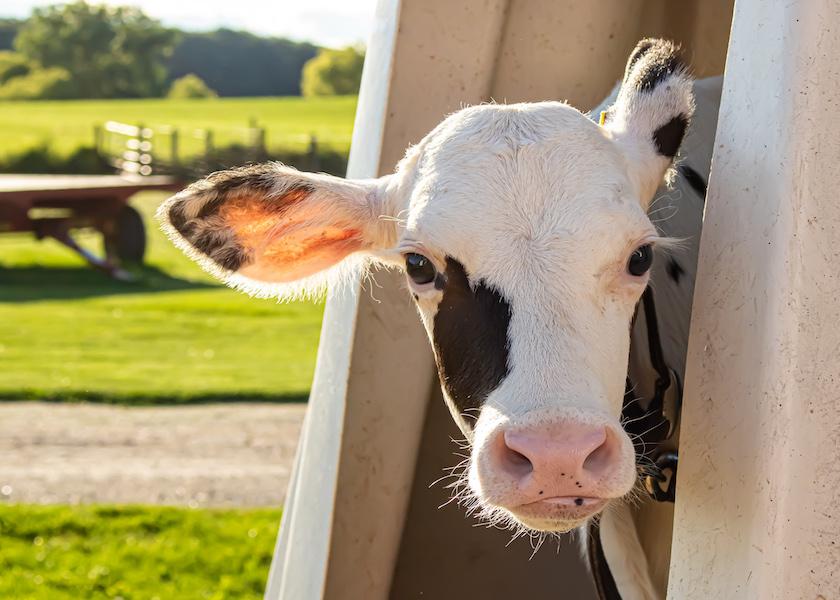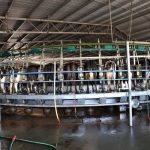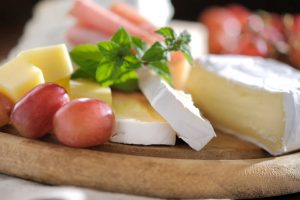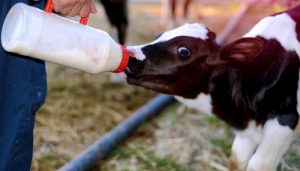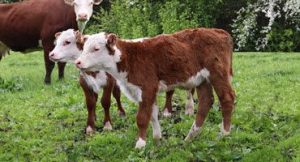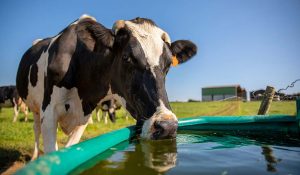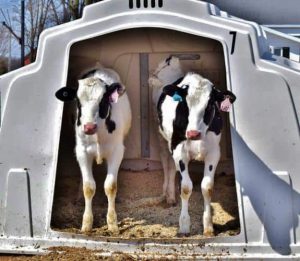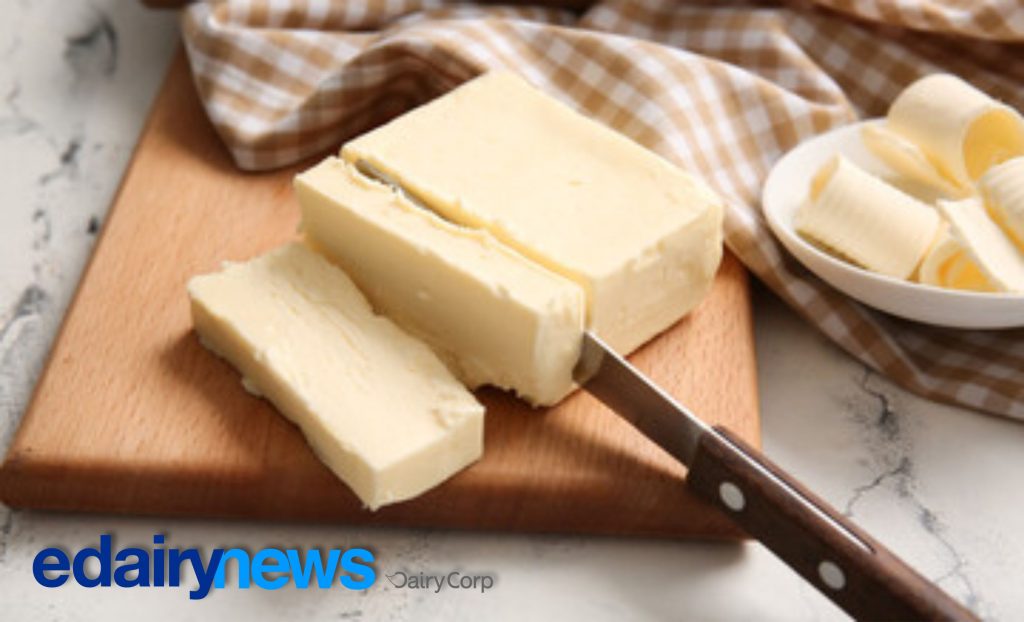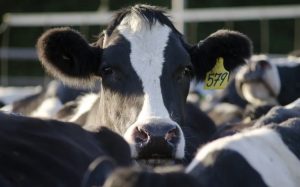
“When we think of the effects the environment has on calves, cold stress is often the more common concern, especially in more temperate climates. However, soaring summer temperatures, hot sun, and high humidity can cause heat stress in calves and heifers just as in the milking herd,” said Coleen Jones and Jud Heinrichs, a former research associate and professor emeritus of dairy nutrition, respectfully, at Pennsylvania State University.
While calves are often better at coping with heat compared to their adult counterparts, it’s important to know what methods help combat heat stress. As temperatures begin to creep their way higher, the duo recommends the following five strategies to help keep calves cool and healthy during the heat of the summer.
Provide Shade – Just like sitting under a tree during the heat of the day, shade provides relief from direct sunlight, helping to prevent overheating. Studies have shown providing shade reduces the temperature inside hutches and lowers calf body temperature and respiration rate. Consider installing shade cloth above outdoor hutches to calves combat the heat.
Keep Air Moving – Even a slight breeze can help make a stifling day more bearable. When air moves across the skin, it helps carry away the heat your body generates. The same can be said for calves. According to the duo, calf housing should be positioned to utilize prevailing winds and should incorporate as many openings as possible to take advantage of natural air movement. Air movement can be enhanced by opening vents on hutches and placing a block under the back wall.
Keep ‘em Hydrated – With increased temperatures comes increased respiration. In turn, this can cause calves to become dehydrated more quickly. To combat this, be sure to offer clean water to calves early on. In addition, water buckets also may need to be filled more frequently in the summer, particularly for calves nearing weaning and those who have recently been weaned.
Make Sure Grain Stays Fresh – According to Jones and Heinrichs, calves will naturally tend to eat less grain during periods of heat stress. To keep calves eating, consider offering only small handfuls of started at each feeding until calves begin to eat. Remove uneaten starter and clean out wet or moldy feed daily to maintain freshness. A divider between the grain bucket and water bucket can help keep starter fresh longer by limiting the amount of transfer between the two buckets.
Work Calves in the Morning – Throughout the summer, the early morning hours are typically the coolest part of the day. To help reduce heat stress for both calves and employees, the Jones and Heinrichs recommend completing strenuous tasks during the early hours of the day.
“As with other classes of cattle, it is wise to handle calves in the morning so that stressful activities, such as dehorning, vaccinations, pen moves, or transportation, can be completed when both calf body temperatures and environmental temperatures are at their lowest point for the day,” the duo state.
You can now read the most important #news on #eDairyNews #Whatsapp channels!!!
🇺🇸 eDairy News INGLÊS: https://whatsapp.com/channel/0029VaKsjzGDTkJyIN6hcP1K
